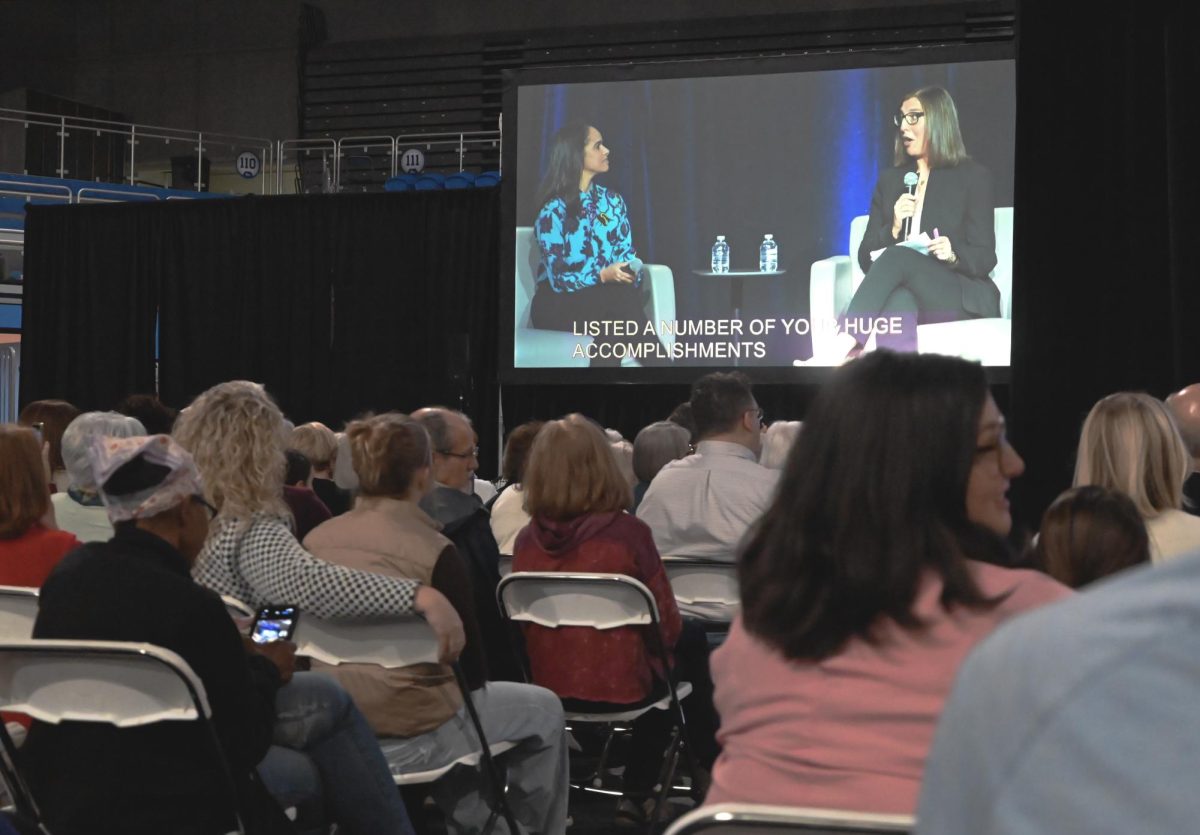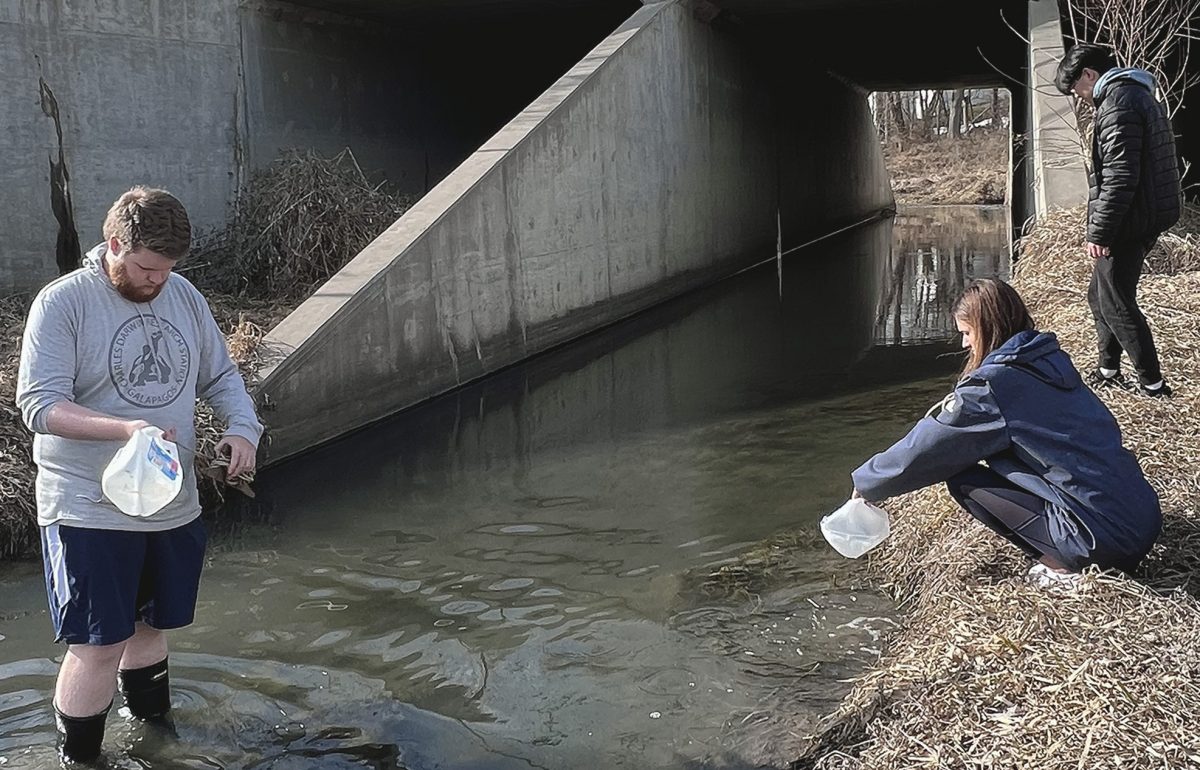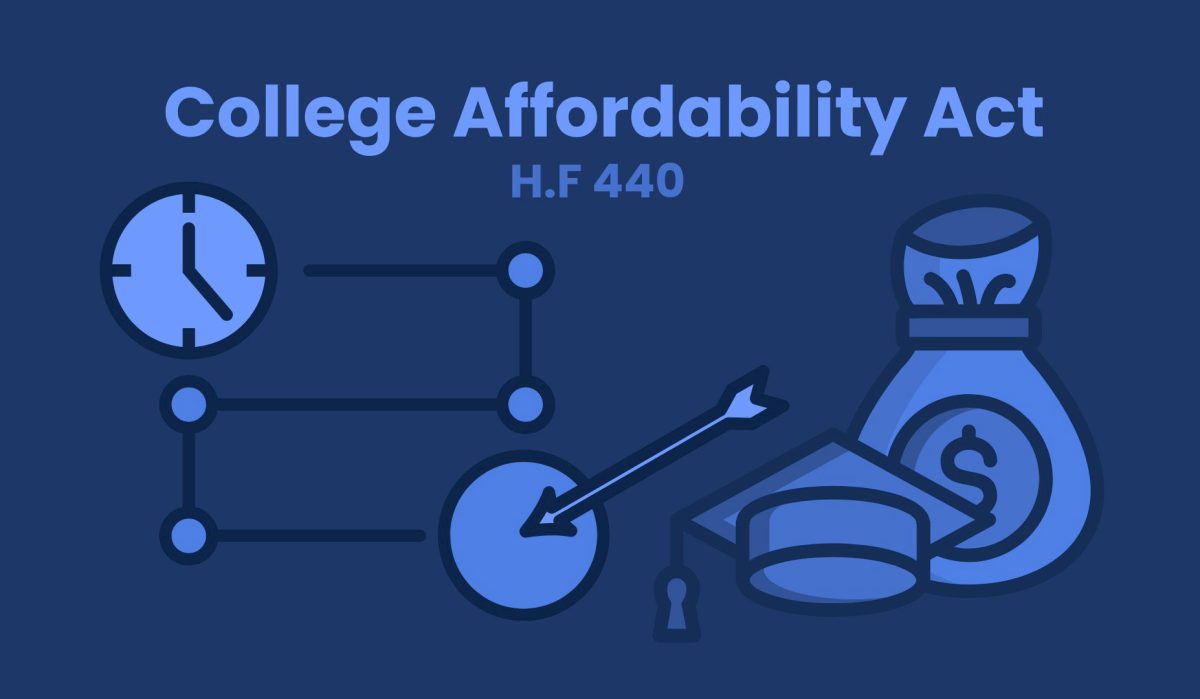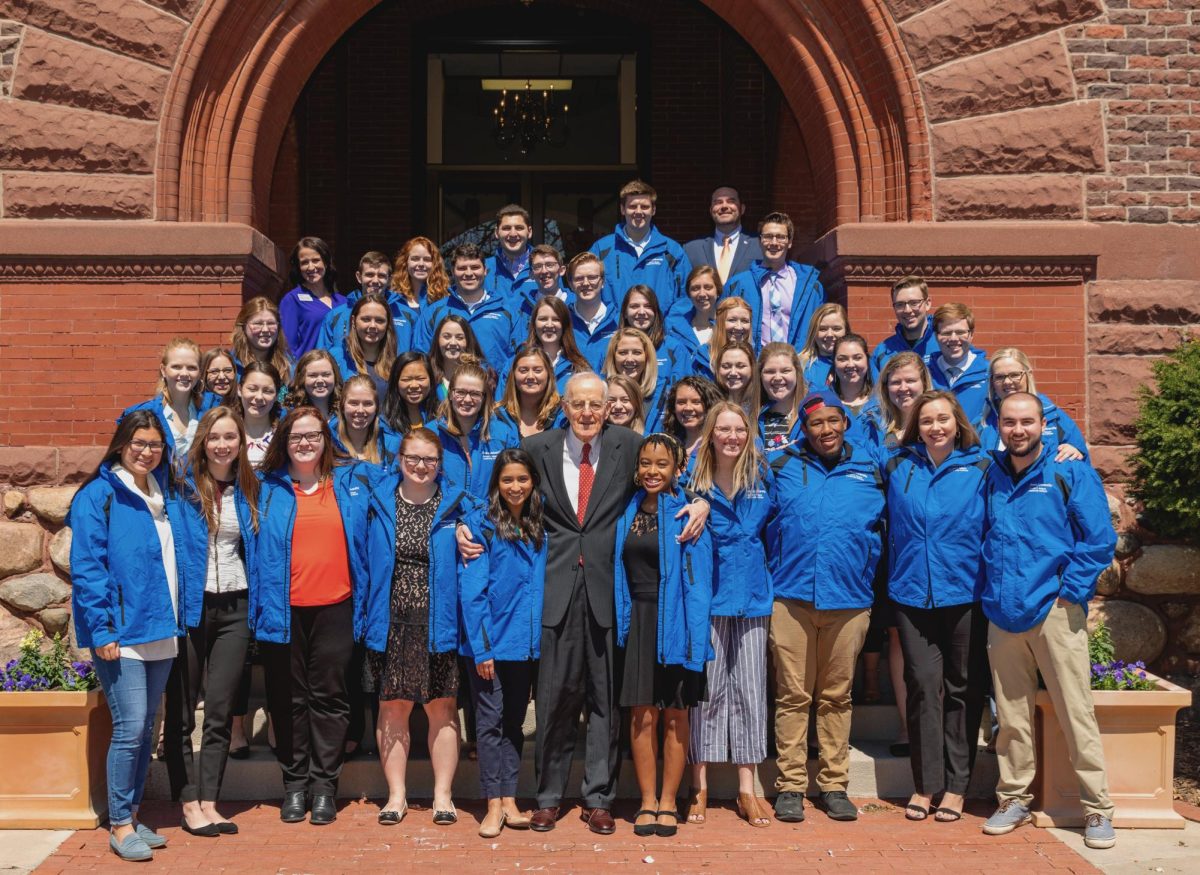Photo: Lauren Horsch
Many of us have been there. Curled up with our laptops, taking a study break and indulging in our new favorite show on Hulu. Just as the show gets to the climax, the campus Internet lags, leaving us agitated and cursing the fickle campus Internet.
Drake students are fuming over the campus Internet service, or lack thereof.
“There have been times where I’ve streamed videos to my phone, and it’s been hours faster than the campus Internet,” sophomore Rachel Weeks said.
Junior Mallory Bonstrom added that the Internet problem affects more than just watching videos.
“The speed of the Internet makes it much harder to download homework from Blackboard,” Bonstrom said. “It’s pretty frustrating.”
Jeffrey Sabin, Drake’s director of communication and network services, said that the students add to the problem.
The amount of Internet bandwidth (data being transmitted over the network), which Drake gets through CenturyLink, can easily support thousands of students, faculty and staff simultaneously if the users are doing standard web browsing, research and social networking. However, it’s leisure activities such as video streaming, online gaming and downloading files that drastically impact the performance of the campus Internet.
Sabin explained that some activities use dramatically more bandwidth than others.
“Sending an email uses, on average, 0.2 megabytes, versus streaming a movie from Netflix, which can take more than two gigabytes, even at a lower resolution,” Sabin said. “These are just averages, but it should point out the vast difference between the two.”
Basically, as the number of students streaming movies or playing online games increases, the speed of the Internet on campus decreases.
Some students, however, believe they’ve found a way to increase their Internet speed.
“I’ve found that different buildings and locations on campus have different Internet speeds,” said second-year pharmacy student Brittney Smith.
This is only partly true, said Ann Kovalchick, Drake’s chief information technology officer.
“(Drake) prioritizes Internet traffic for instructional uses during the day and for residence halls during the evening,” said Kovalchick.
What this means for students is that from 6 a.m. to 6 p.m. on Monday through Friday, 60 percent of the available bandwidth is allocated towards educational buildings, which is why Weeks’ Internet is slower in her dorm room as opposed to what it would be in Meredith Hall.
On nights and weekends, 90 percent of the available network bandwidth is apportioned to the residence halls, leaving 10 percent to educational buildings like Cowles Library.
However, no two connection speeds are created equal, Sabin said. There are numerous variables that play into Internet speed, from the actual speed of the device — laptops, tablets and phones — to the drivers and software versions that play a part in the Internet connectivity equation.
Sabin also points out that many websites and systems on the Internet do not provide state-of-the-art connectivity speeds.
“In other words, no matter how fast a client’s connectivity to the Internet is, it simply cannot get the information any faster than the Internet host system is giving it,” Sabin said.
Currently, no plans to increase the Internet speed have been brought before Student Senate, but the department of communications and network services is investigating ways to make Internet usage fairer across the board.
One possibility would be to follow in the footsteps of many other higher education institutions and to set a cap on daily bandwidth usage.
“Just like everything else, we see certain users consume more bandwidth, in some cases significantly more, than the average user,” Sabin said. “By implementing quotas, a user could only consume the limits that have been imposed on them. If they are approaching the capacity given to them, it would appear to them as a difference in Internet speed.”
However, Sabin said this approach is not being implemented at this time and is merely an option that the university is researching. He added that they’re not in favor of controlling Internet bandwidth for anyone.
Other options that Drake is exploring are collaborative partnerships with other academic institutions and Internet service providers to increase the amount of bandwidth available to on-campus constituents.
Many students aren’t conscientious about how they use the limited commodity, Sabin said.
“Internet bandwidth can be compared to a faucet,” Sabin said. “When more water is needed, a turn up of the faucet will provide more. However, it does require additional expenditure to increase our Internet bandwidth.”
The additional expenditure that Sabin mentioned would likely lead to an increase in the students technology fee, a matter already weighing heavily on some students’ minds after this week’s tuition increase.
“An increase in price could really affect students who are paying for their college,” Weeks said. “While it’s frustrating, in the end it doesn’t really get in the way of how I live my life.”






D • Feb 4, 2012 at 9:18 am
The Internet has ALWAYS been an issue. Ask people that graduated years ago before things like Hulu and Netflix were big.